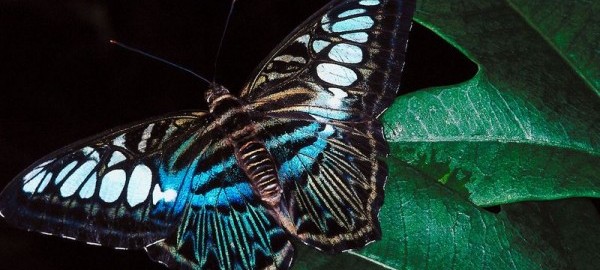Perception
The famous philosopher Aristotle was the first
to assign humans with five traditional senses: sight, hearing, touch, taste and
smell. However, if he was categorizing animals, his list of senses might have
been longer. Several animals possess additional perceptive abilities that allow
them to experience the world in ways we can barely imagine
Pit
vipers
Venomous snakes of this family of are most
easily identified by a pair of deep "pits" that can be found between
the nostril and the eye. These pits
are actually heat-sensing organs that allow the snakes to see
in infrared — an invaluable sixth sense for a predator that often hunts at
night.
The sense is so sensitive that pit vipers can
accurately judge the distance and size of their prey even
when their other senses are deprived.
These charismatic sea mammals have the
incredible sixth sense of echolocation. Because sound travels better in water
than in air, dolphins are able to create a three-dimensional visual
representation of their surroundings based entirely on sound waves, much like a
sonar device.
This is a necessary adaptation, especially for
river dolphins, because vision is often extremely limited in murky water.
Dolphins can navigate through a river of tangled branches with ease even if their eyes completely covered.
Sharks
Electroreception is the amazing ability of
sharks and rays to detect electrical fields in their surroundings.
In fact, the strange shape of a hammerhead
shark's head is specially designed for an enhanced electroreceptive sense.
Because salt water is such a good conductor of electricity, sharks with a
refined sixth sense can detect their prey from the electrical charges that are
emitted when a fish contracts its muscles.
The sense is so sensitive that some sharks can
pick up the change in electrical current of two AA batteries that were connected
1,000 miles apart, even if one was drained out.
Bats
Many insectivorous bats, often referred to as
"microbats", are capable
of using echolocation to catch their prey and for navigating
through dark caves and the night sky.
They have a larynx capable of generating
ultrasound, which they emit through their mouths or nose. As the sound echoes
through their surroundings, sound waves bounce back and give the bats a
radar-like "view" of their surroundings. In fact, these bats often
have strange, wrinkled faces that function like an ear to better pick up the
sound.
Platypus
These bizarre, duck-billed, egg-laying mammals
have an incredible sense of electroreception that is similar to the sixth sense
of sharks. They use electroreceptors within the skin of their bills to detect
the electrical field that gets generated when their prey contracts its muscles.
A platypus swings its head from side to side
while swimming as a way to enhance this sense. The bill is also lined with
mechanoreceptors, which give the animal an acute sense of touch and make the
platypus' bill its primary sense organ.

Butterfly
Butterflies don’t really have mouths, much less taste buds, to help them decide if food tastes good or bad. Instead, they use their feet!
To eat, a butterfly unwinds a long, skinny part of its body called a proboscis, and sucks up liquids like nectars and juices. It works for nutrients, but the proboscis does not have sensors to determine taste. Instead, those sensors are located on the back of the butterfly’s legs. The insect will step on its food to sense dissolving sugars. Even more importantly, a female butterfly will use her feet to drum on a plant and “taste” its juices. This helps her decide if the leaf would be edible to a caterpillar, and therefore, if she has found a suitable place to lay eggs.
https://worldstrides.com/2011/12/butterfly-taste-buds/






